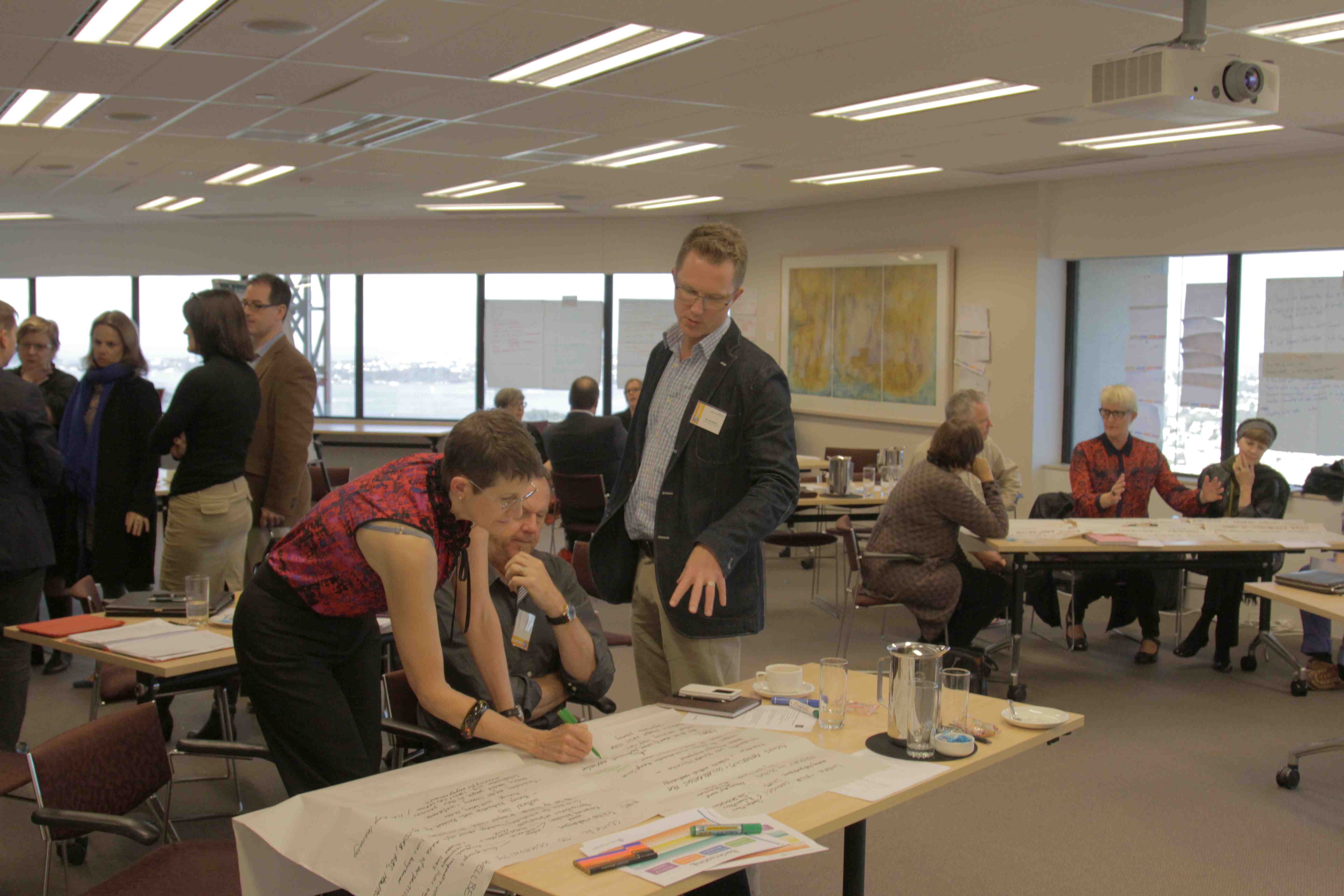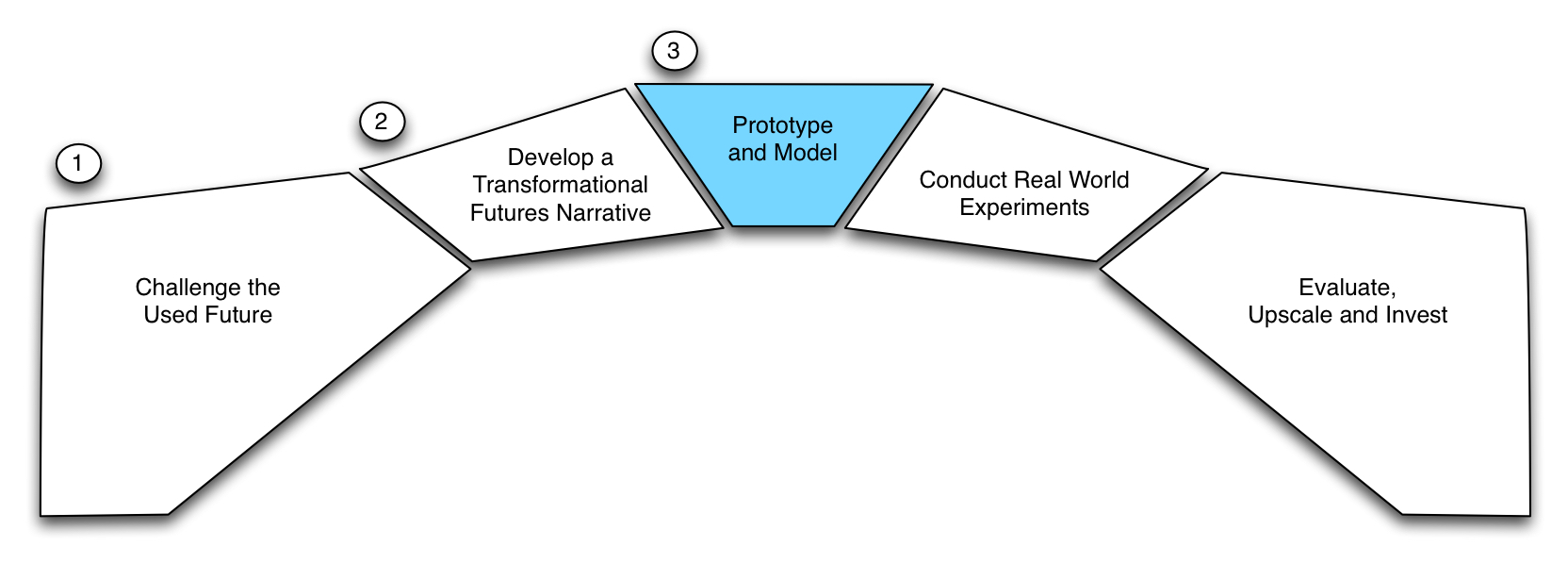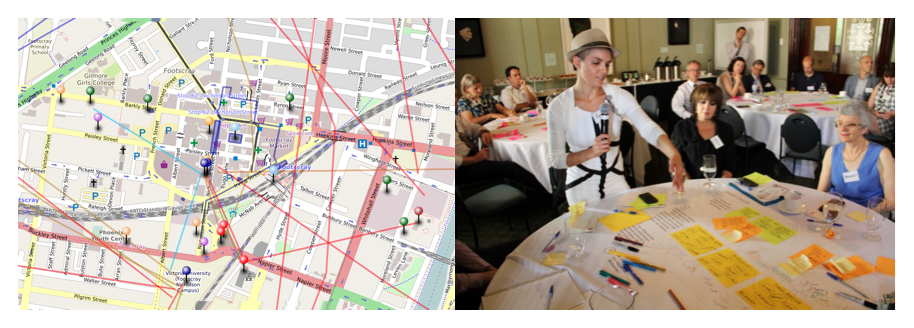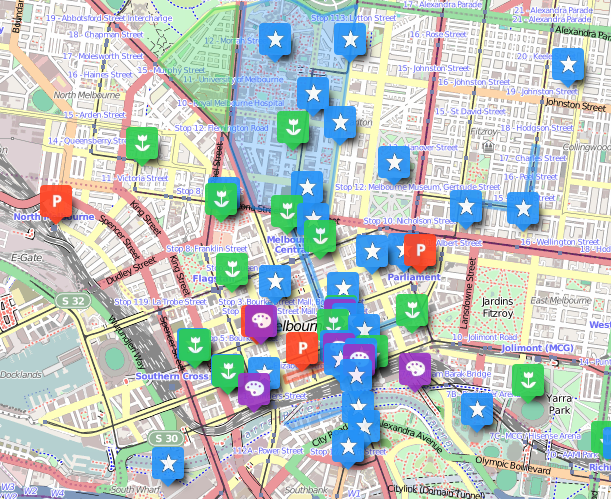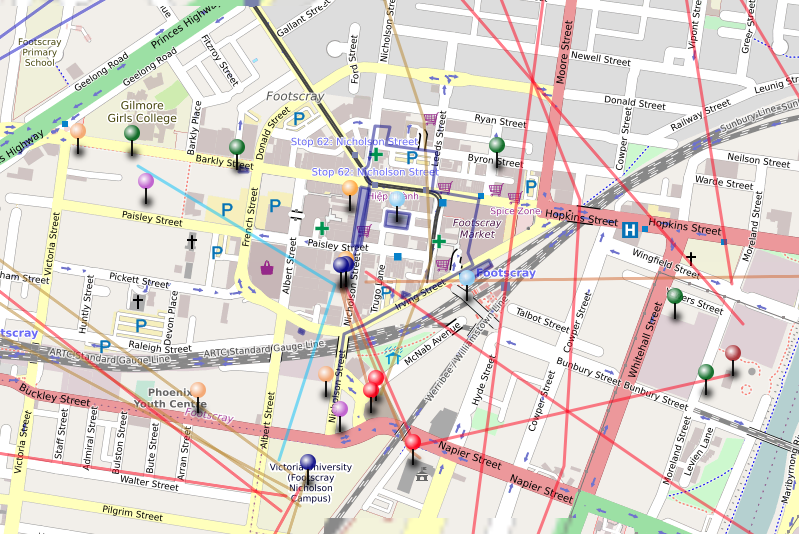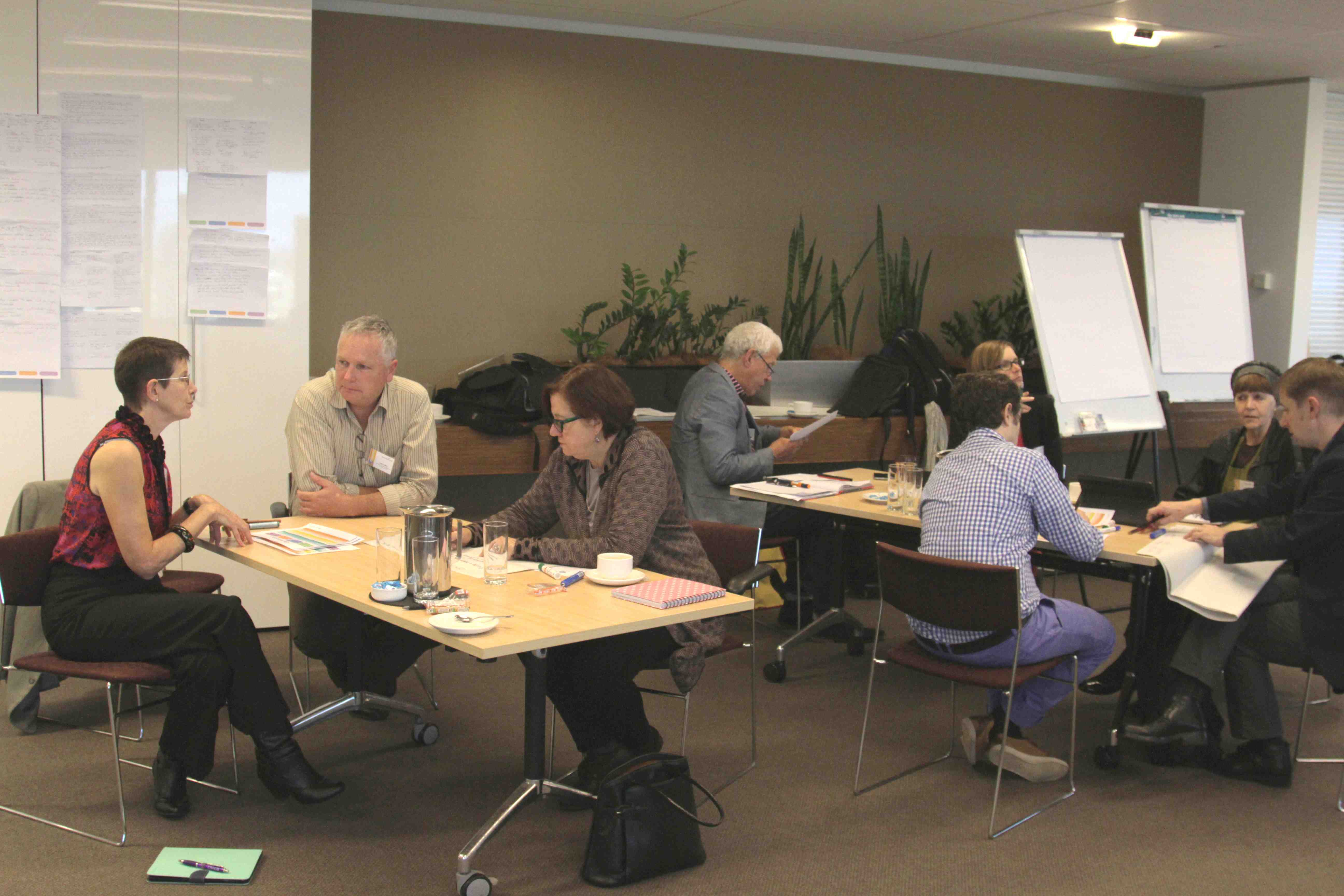The Anticipatory Experimentation / Bridge Method brings your preferred future into the present through scaled experiments that can have a big impact.
Challenge your existing view of the future and use that to create a powerful vision and narrative that forms a call to action. Use our bespoke ‘Futures Action Model’ to inspire ideas and prototypes. The best ideas are developed into models that can be actioned in the real world. Learn how to bring the preferred future into the present by conducting real world experiments. Use this to guide investment decisions. Upscale the most promising experiments based on evidence of what can create your vision.
Anticipatory Experimentation / Bridge Method
The method entails five stages:
- Challenging the used future
- Developing a transformational futures narrative
- Creating a number of prototype ideas from the transformational narrative
- Choosing which prototype ideas to experiment with and running real-world experiments
- Upscaling and investing in the experiments with the best promise
Our services include three workshop and R&D component for the AIM/Bridge
-
Futures Visioning Workshop
-
Futures Action Model Workshop
-
FuturesLab Workshop
Why use the Anticipatory Experimentation / Bridge Method ?
The AEM/Bridge Method is powerful because it is an effective bridge between your transformational future vision and real-world experiments that bring that future into being. It combines a state of the art visioning approach with a proven conceptual prototyping method that can bridge future vision with specific and implementable ideas, which culminates in experiments that can have great impacts.
The method focuses on the best way to bring a transformational future into the present, running experiments that have maximum alignment with the enactment of the transformational future. Experiments are a powerful vehicle for enacting new futures because they are “small pieces” of the preferred future brought into the present. They are time and resource savers because, rather than commit a whole organization or community to a new path (which is both risky and potentially costly), experiments are cost effective ways of testing a new direction. If some experiments show promise they can be scaled and invested in, accelerating organisational momentum toward enacting the vision. If experiments don’t work, the investment was limited and the risk was measured, people still learn a great deal and nonetheless develop confidence in the experimentation process.
How does the Anticipatory Experimentation / Bridge Method work?
- First, we challenge the used future, which entails exploring the assumptions and images we have about the future, as well as learning about the emerging issues, trends and weak signals that are transforming our social horizons.
- Secondly, we help you develop an integrated vision and support you in creating a transformational futures narrative. The transformational futures narrative articulates the movement from your past to present to preferred future. It is an open ended narrative that requires the world to participate in its fulfilment, a call to action for others to work with you to create this future.
- Thirdly, we use the Futures Action Model to bridge your transformational futures narrative with prototyping. This includes an R&D process that begins with scanning the landscape of global pioneer projects, and then develops prototypes and models connected to your stakeholder ecosystem. This is done through a combination of R&D and gaming (the Futures Action Game).
- Fourthly, we set up an experiment using the FuturesLab approach of action learning – anticipate, design, connect and evolve. The experiment is that small piece of the future you are bringing into the present. We make sure learning happens that builds in systemic capacity for renewed experiments.
- Finally, experiments can be evaluated to see which ones show the most promise and are best aligned to enact your vision. These can then be upscaled and invested in accelerate the movement toward enacting the vision.
What are the main benefits of the Anticipatory Experimentation / Bridge Method ?
- How you conceive your future is genuine and powerful. It is not based on a “used future” that does not inspire, but is connected to you or your organizations deep sense of purpose and creativity, giving you energy and inspiration. Your future is also informed by an analysis of emerging issues, strengthening its fit within an emerging horizon of change.
- The ideas, strategies and prototypes you come up with for change are rigorous, aligned to your vision, grounded in an understanding of a changing world, tested against a global landscape of innovation, connected to the needs and potentials of your stakeholders, and concrete enough to implement.
- Experiments show how to solve emerging challenges early. This can save valuable energy (time and money) that is spent responding to a problem once it is already a big one. Experiments also “prefigure” change. Especially when coupled to futures thinking, experiments can be transformative, providing a breakthrough into a new realm of achievement / performance.
- Empowerment – people learn how to experiment, thus gaining capability, skills and confidence. Ultimately it is mastery of the process and a new culture that transforms a situation. No problem is too big to solve, because the capability and confidence in developing solutions has become so strong.
- Social and technical innovation – from experiments and the deep learning they engender, new forms are born that are aligned to your preferred future vision, and which can be scaled to enact that future faster.




